Excerpt
In this paper, we examine private-sector collection and use of metadata and telemetry information and provide three main contributions:
First, we lay out the extent to which “non-content”—the hidden parts of Internet communications (aspects the user does not explicitly enter) and telemetry—are highly revelatory of personal behavior. We show that, privacy policies notwithstanding, users rarely know that the metadata and telemetry information is being collected and almost never know the uses to which it is being put.
Second, we show that consumers, even if they knew the uses to which this type of personal information were being put, lack effective means to control the use of this type of data. The standard tool of notice-and-choice has well known problems, including the user’s lack of information with which to make a choice; and then, even if the user had sufficient information, doing so is not practical.49 These are greatly exacerbated by the nature of the interchanges for communications metadata and telemetry information. Each new transmission—each click on an internal link on a webpage, for example—may carry different implications for a user in terms of privacy. The current regimen, notice-and-choice, presents a completely unworkable set of requests for a user, who could well be responding many times a minute regarding whether to allow the use of metadata beyond the purposes of content delivery and display. This is especially the case for telemetry, where the ability to understand both present and future use of the data provided from the sensors requires a deeper understanding of what information these devices can provide than anyone but a trained engineer would know.
Third, while there has been academic and industry research on telemetry’s use, there has been little exploration of the policy and legal implications stemming from that use. We provide this factor, while at the same time addressing the closely related issues raised by industry’s use of communications metadata to track user interests and behavior.
Link to Full Article:
